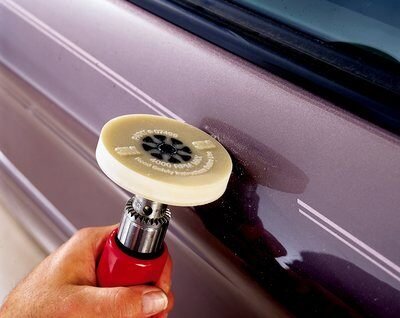RossWilson
Senior Member
- Joined
- May 7, 2017
- Messages
- 237
- Location
- Ontario, Canada
- Vessel Name
- Good Vibrations
- Vessel Make
- Mainship 34T
Well, aside from the more serious issue of cafe oil, which I hope to resolve very soon with the sage advice of members of this forum, I plan a vessel name change.
And prior to having the new graphics installed, I must obviously remove the old. I say old, though the current vinyl was only installed in 2016. And the boat has been stored indoors heated every winter since she was brand new off the factory floor.
I understand that removal from a gelcoat finish requires a certain procedure and products, but from paint is another matter. I presume that the task involves a hairdryer. But can anyone with such experience kindly share the benefits of that experience so that I don't damage my Alwcraft 2000 paint finish? Thanks.
And prior to having the new graphics installed, I must obviously remove the old. I say old, though the current vinyl was only installed in 2016. And the boat has been stored indoors heated every winter since she was brand new off the factory floor.
I understand that removal from a gelcoat finish requires a certain procedure and products, but from paint is another matter. I presume that the task involves a hairdryer. But can anyone with such experience kindly share the benefits of that experience so that I don't damage my Alwcraft 2000 paint finish? Thanks.


 But I am not superstitious.
But I am not superstitious.